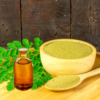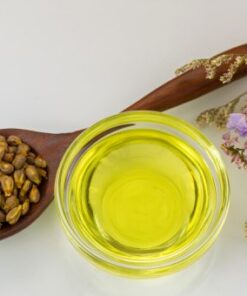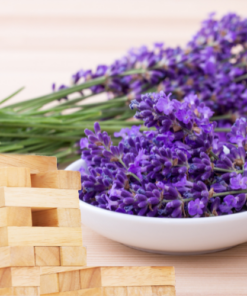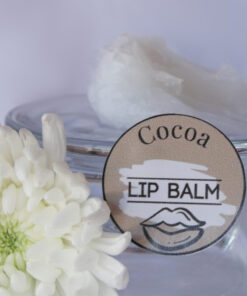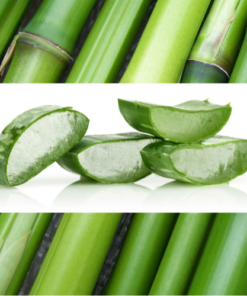Wheatgerm Oil – 500ml
R342,00
Wheatgerm Oil – 500ml – a powerhouse ingredient for anyone formulating skincare products that promote repair, hydration, and protection
10 in stock
Wheatgerm Oil – 500ml
What is Wheatgerm Oil?
Wheatgerm Oil is a nutrient-rich oil cold-pressed from the germ of the wheat kernel. Naturally high in Vitamin E, essential fatty acids, and antioxidants, this golden oil supports deep skin nourishment and cellular regeneration. Because of its dense nutrient profile, Wheatgerm Oil is especially beneficial in skincare and cosmetic formulations that target aging, dryness, and skin repair.
Skin Benefits of Wheatgerm Oil
Wheatgerm Oil delivers intensive hydration while strengthening the skin barrier. It promotes a smoother, more elastic skin texture and helps fade scars and stretch marks over time. Moreover, it soothes inflammation and combats oxidative stress, making it ideal for both mature and sensitive skin types.
-
Rich in natural Vitamin E and antioxidants
-
Promotes skin elasticity and regeneration
-
Helps reduce the appearance of scars and stretch marks
-
Deeply hydrates dry or flaky skin
-
Soothes inflammation and irritation
-
Protects against free radical damage
Why Use Wheatgerm Oil in Formulations?
Thanks to its high Vitamin E content and nourishing properties, Wheatgerm Oil is a valuable addition to a wide range of personal care products. It works well in thick creams, balms, and serums, especially those aimed at repair or anti-aging. Additionally, it enhances the stability and shelf life of oil-based products due to its antioxidant profile.
-
Excellent for night creams and anti-aging serums
-
Ideal for scar treatment blends and belly butters
-
Blends well with lighter carrier oils like jojoba or almond
-
Supports barrier repair in sensitive skin formulas
-
Suitable for use in lip balms, massage oils, and body butters
Common Applications of Wheatgerm Oil
Because it is both nourishing and protective, Wheatgerm Oil is used in many types of skincare and cosmetic products:
-
Scar and stretch mark treatments
-
Mature skin and anti-aging formulations
-
Deeply moisturizing lotions and creams
-
Hair masks and scalp oils
-
Lip and hand care products
Final Thoughts
Wheatgerm Oil is a powerhouse ingredient for anyone formulating skincare products that promote repair, hydration, and protection. Its high Vitamin E content and rich texture make it particularly effective in products that target scars, dryness, and aging. Whether used alone or in a blend, this oil supports healthier, smoother skin with each application.
| Weight | 0,596 kg |
|---|---|
| Dimensions | 8 × 8 × 15 cm |


